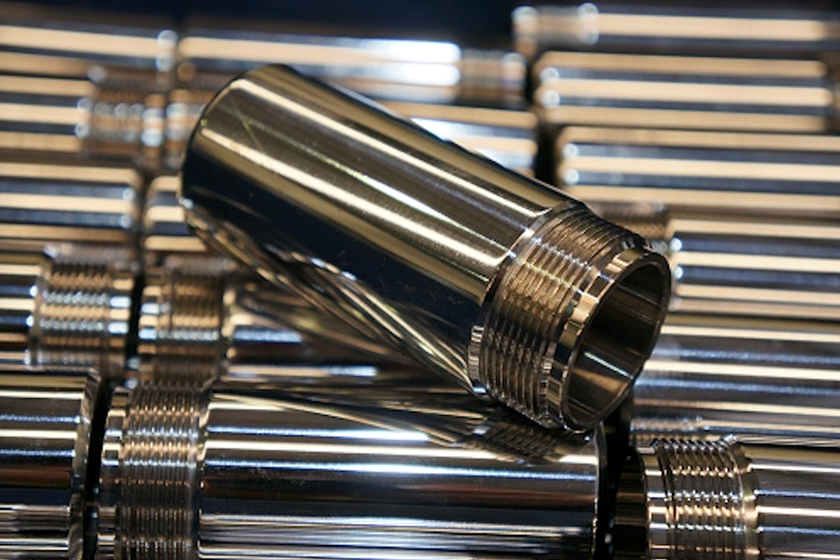Phosphate Coating Weights & Powder Thickness
How much will the corrosion performance of a component be affected if the coating weight is reduced from 120 to 80 GSM?
Q. I understand that coating weights and film thickness can have an impact on corrosion performance of powder coated steel. My question is: how much will the corrosion performance of a component be affected if the coating weight is reduced from 120 to 80 GSM? Similarly, how will increasing the DFT from 50 to 70 or decreasing it from 70 to 50? The substrate for both these scenarios is galvanized steel. J.S.
RELATED CONTENT
-
Touch-up Options for Powder Coated Parts
Is it true that powder coating cannot be touched up? Powder coating expert Rodger Talbert offers options for powder coating touch-ups.
-
Anodizing Vs. Powder Coat
I am an engineer on a large yacht build project and urgently need information and advice on choosing a finish for the aluminum deck plates in the engine room.
-
Preparation of Stainless Steel for Powder Coating
Should type 316 stainless steel castings be sandblasted before powder coating, or can they be chemically etched? Should the parts be pre-heated in an oven before coating?
















